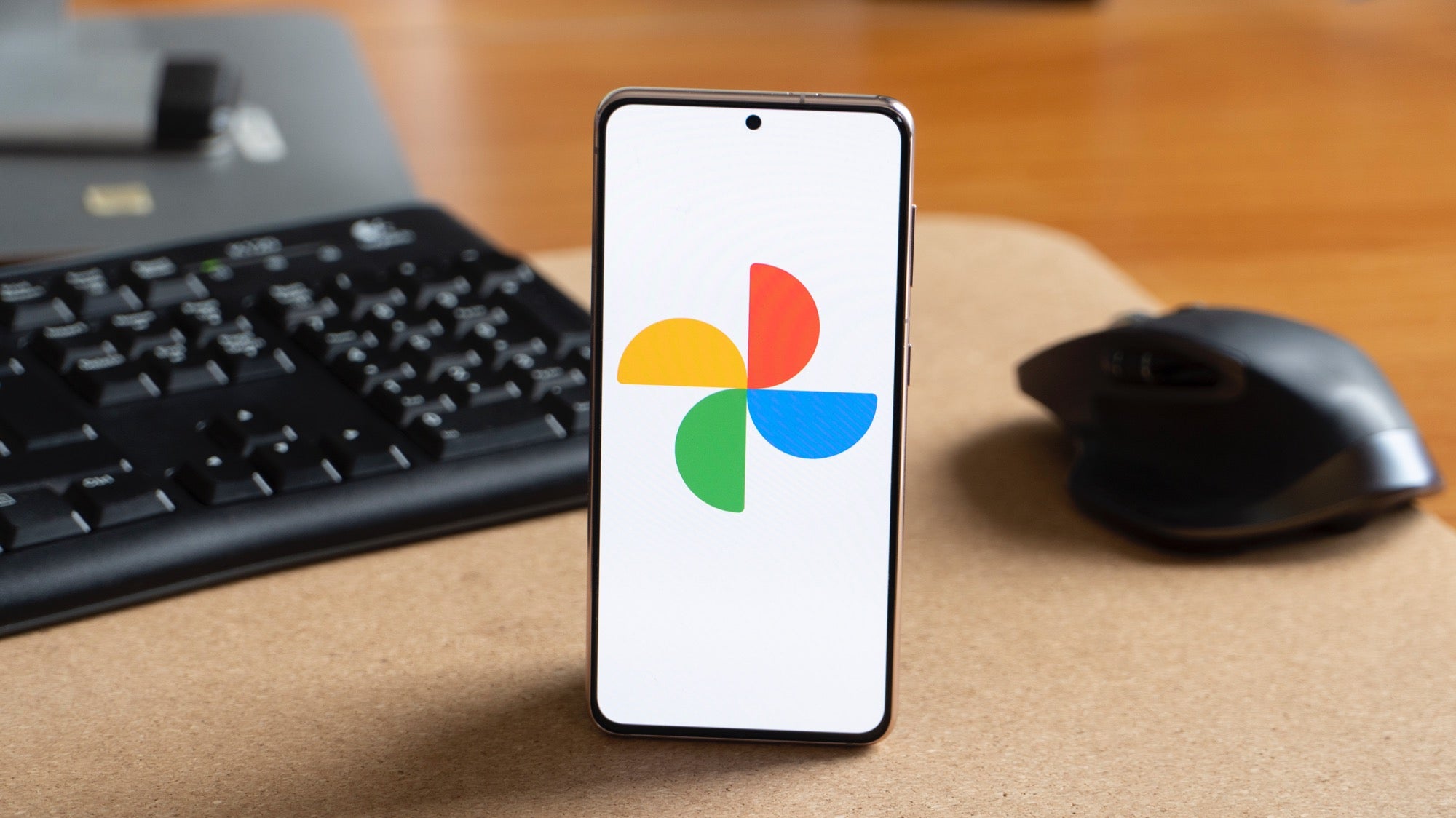Why Airlines Are Investing in Virtual Reality for Crew and Passenger Training
Discover how VR for airline training is transforming crew readiness and passenger safety with cost-effective, immersive simulations for modern aviation needs.

In a fast-changing aviation landscape, safety, precision, and adaptability aren’t optional—they’re essential. Whether it’s crew preparedness or passenger awareness, airlines are embracing immersive technology to improve performance and reduce risks. One tool that’s reshaping how the industry trains its people is Virtual Reality (VR).
The Shift Toward Smarter Training Solutions
Traditional training modules have long relied on printed manuals, classroom instructions, and staged physical drills. While effective to a degree, these approaches are expensive, logistically heavy, and hard to replicate at scale. That’s where VR for airline training steps in.
By using VR headsets and interactive environments, trainees can walk through emergency exits, experience turbulence response scenarios, or simulate cabin fire drills—without stepping into an actual plane. This isn’t just a tech gimmick; it's quickly becoming the norm.
- The Global Augmented and Virtual Reality in Aviation Market is projected to grow at a CAGR of around 60.50% during the forecast period, i.e., 2022-27. (News World Stream)
What Makes VR a Game-Changer?
-
Repeatability: Crew members can run through simulations multiple times until they master the situation.
-
Cost Efficiency: No need to rent real aircraft or pay for recurring travel.
-
Safety: Trainees can practice high-risk scenarios without real-world consequences.
-
Customization: Airlines can tailor simulations based on aircraft models and airline protocols.
Within the first 150 to 200 words, the use of virtual reality aviation safety tools allows airlines to drill safety protocols deeply into their teams’ reflexes, not just their memory.
Key Areas Where Airlines Use VR
1. Cabin Crew Training
Flight attendants are frontline responders in emergencies. VR lets them rehearse:
-
Smoke-filled cabin evacuations
-
Handling unruly passengers
-
Managing in-flight medical emergencies
This creates muscle memory, not just mental recall, under stress.
2. Passenger Safety Demonstrations
Some airlines are now offering VR demos to teach passengers how to operate seatbelts, life vests, or oxygen masks. Instead of passively watching safety videos, travelers can now engage with interactive safety instructions via mobile headsets.
3. Cockpit Familiarization
While pilots still need real-time simulators for certification, VR helps with spatial awareness. New recruits can virtually explore:
-
Instrument panels
-
Switch layouts
-
Emergency protocols
This supports onboarding long before they step into a flight deck.
The ROI Behind the Headset
Airlines don’t invest in technology for show. It must deliver returns.
Here’s a breakdown of benefits:
| Benefit | Traditional Training | VR-Based Training |
|---|---|---|
| Cost per session | High | Low (after setup) |
| Learning retention | Moderate | Higher |
| Training flexibility | Rigid schedules | On-demand, self-paced |
| Safety risk in drills | Medium | Zero |
An airline investing in VR saves not only on logistics and instructor fees but also improves crew readiness and reduces onboarding time.
Real-World Examples
-
Lufthansa: Uses VR to train flight attendants in cabin layout, service procedures, and safety routines.
-
Air France: Has rolled out VR modules for passenger safety awareness.
-
Qatar Airways: Trains ground and cabin crew through interactive VR-based environments, improving response times and efficiency.
These aren’t isolated cases. According to PwC, VR learners complete training 4x faster than traditional learners and are 275% more confident applying what they learned.
Challenges and Considerations
Despite its promise, VR for airline training comes with challenges:
-
Initial Costs: Hardware, software, and content development aren’t cheap.
-
Content Relevance: Scenarios need regular updates to match real-world changes.
-
Physical Constraints: Not all crew members adapt quickly to headset use.
But with the right vr development company, airlines can overcome these barriers. Custom-built simulations allow integration with real data, analytics, and feedback systems.
What the Future Holds
In the next 5 years, expect to see:
-
VR modules integrated with AI for real-time feedback
-
VR-enabled remote training hubs for global airlines
-
Enhanced multi-user scenarios to train entire crew teams simultaneously
This isn’t speculation. Boeing, Emirates, and Delta are already exploring large-scale deployments.
"The more lifelike the practice, the stronger the real-world response."
As aviation technology evolves, so must the way we train the people behind the scenes.
Final Thoughts
Virtual reality isn’t just an upgrade—it’s a shift in mindset. Airlines investing in this space are choosing precision, consistency, and smarter preparation over outdated routines.
VR for airline training is no longer an experiment; it’s a scalable, flexible, and results-driven solution that meets the high standards of modern aviation.








































































